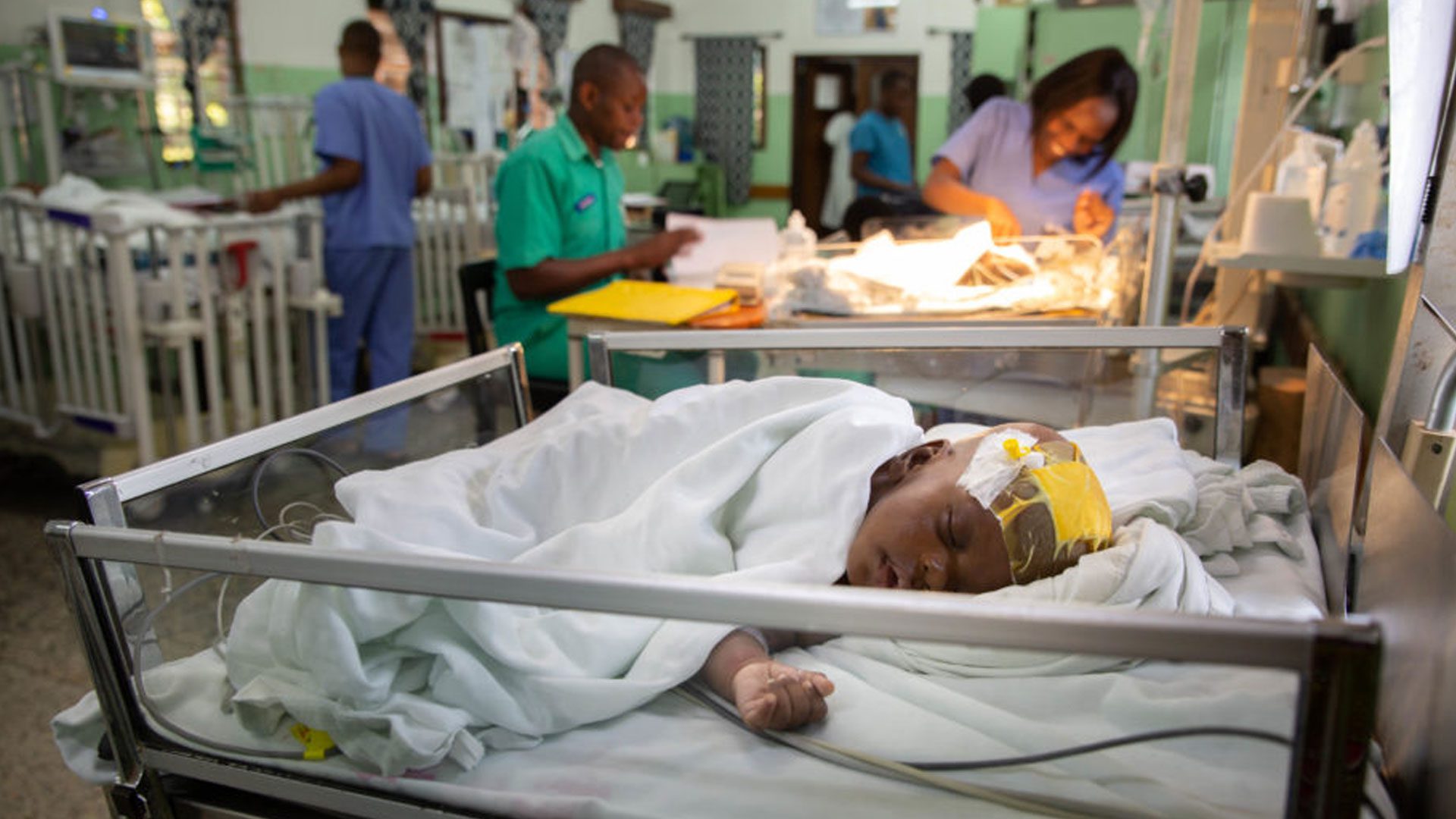Ethnic pattern of origin of children with spina bifida managed at the University Teaching Hospital and Beit CURE Hospital, Lusaka, Zambia 2001-2010
Abstract: The incidence of spina bifida (SB) is known to differ among regions. Very little has been reported about the relationship between the incidence of SB and ethnic patterns of origin in Zambia except for the general impression that it is prevalent. The aim of the study was to establish the ethnic pattern of origin of children with SB in Zambia. It was a retrospective cross sectional study. Using a checklist, data was collected from clinical files of children with SB from the University Teaching Hospital (UTH) and Beit Cure Hospital (BCH) from 2001-2010. Descriptive statistical analysis was done in SPSS version 17. A total of 253 children with SB were identified of whom 88 (35%) of them originally came from the Southern Province of the country while the lowest province was the North-Western Province with 7 (3%). Further, a total of 77 (30%) children were referred from the Southern Province of the country and the lowest province that was represented was the North-Western Province with 5 (2%). Observed is the evidence that SB is very prevalent in the Southern Province of the country. With the presence of Uranium in the Southern Province of Zambia, a serious study ought to be done to investigate the possible link of the pollutant with the prevalence of SB in the region. It is essential that the government looks seriously at Uranium Mines being operated in the Province.




















